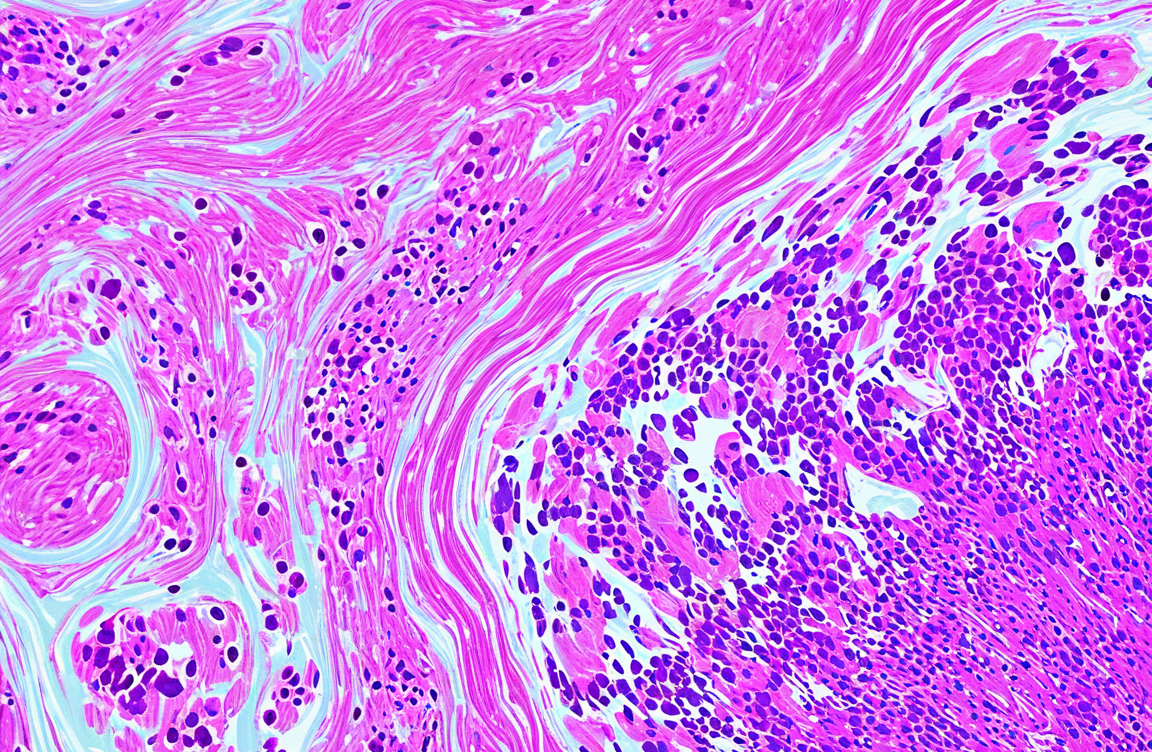
The Capan-1: Why It's a Unique Model for Studying SMAD4 Signaling in Pancreatic Cancer
Introduction
Pancreatic ductal adenocarcinoma (PDAC) is one of the most lethal malignancies, largely due to a complex genetic landscape that fuels its therapeutic resistance. Among its many driver genes, SMAD4 (also known as DPC4) stands out as a critical tumor suppressor. It is homozygously deleted or inactivated by mutation in approximately 55% of all PDAC cases. This high frequency of inactivation underscores its central role in restraining pancreatic tumorigenesis. However, this same fact presents a challenge for studying SMAD4's normal biological functions. In this context, the Capan-1 cell line emerges as a distinct and exceptionally valuable research tool precisely because it retains a wild-type, fully functional SMAD4 gene.
Studying SMAD4 function? Our Capan-1 cells are your indispensable, validated wild-type SMAD4 positive model for pancreatic cancer. Click to check>>
The Significance of Wild-Type SMAD4
SMAD4 is the central mediator of the Transforming Growth Factor-β (TGF-β) signaling pathway. In normal epithelial cells and during the early stages of tumorigenesis, the canonical TGF-β pathway primarily functions to suppress cell proliferation and promote apoptosis. This process is initiated when TGF-β ligands bind to their Type II and Type I receptors on the cell surface. The activated Type I receptor then phosphorylates the downstream proteins SMAD2 and SMAD3. These phosphorylated SMADs subsequently form a heteromeric complex with SMAD4. This complex is the key effector that translocates into the nucleus to regulate the transcription of target genes.
Within this pathway, SMAD4 is the indispensable "central hub." It is the only SMAD protein in the complex that is not directly phosphorylated by the receptor but is absolutely required for the formation of a functional transcriptional complex. Therefore, if a cell lacks SMAD4, the entire tumor-suppressive signaling cascade is severed at its final step, rendering the cell unresponsive to TGF-β-mediated growth inhibition.
The most defining characteristic of the Capan-1 cell line is its retention of functional SMAD4. This means it is an ideal "responder" cell line, capable of fully transducing the TGF-β signal and exhibiting the classic growth-inhibitory effects. This property establishes Capan-1 as the perfect "positive model" for investigating the tumor-suppressive mechanisms of the TGF-β/SMAD4 axis. Researchers can use it to discover which genes are regulated by this pathway or what factors can enhance or diminish this anti-tumor signal.
Unique Value Highlighted by Comparison to Other Cell Lines
To fully appreciate the uniqueness of Capan-1, it is useful to compare it with other commonly used pancreatic cancer cell lines. For instance, Panc-1 and MiaPaCa-2 are two of the most widely studied pancreatic cancer lines, but both harbor homozygous deletions of the SMAD4 gene. In these cells, the tumor-suppressive TGF-β pathway is naturally defunct.
This stark genetic contrast provides an excellent opportunity for comparative studies. For example, a researcher can stimulate both Capan-1 (SMAD4-positive) and Panc-1 (SMAD4-negative) cells with TGF-β. By using high-throughput techniques like transcriptomics, they can then compare the resulting changes in gene expression. Genes that show significant changes only in Capan-1 are highly likely to be authentic targets regulated in a SMAD4-dependent manner. This direct comparison allows scientists to precisely identify the downstream effectors of the SMAD4 pathway, providing clear insights into its function.
Specific Applications of Capan-1 in SMAD4 Research
Leveraging its wild-type SMAD4 status, the Capan-1 cell line plays a crucial role in several research applications:
Drug Screening and Validation: For candidate drugs designed to reactivate or enhance the tumor-suppressive TGF-β/SMAD4 pathway, Capan-1 is the platform of choice. Researchers can determine a drug's efficacy by measuring growth inhibition or the upregulation of relevant target genes (like p21/CDKN1A) in Capan-1 cells following treatment.
Creation of Isogenic Knockout Models: The advent of gene-editing technologies like CRISPR-Cas9 has further amplified the value of Capan-1. Scientists can now precisely knock out the SMAD4 gene in Capan-1 cells, creating an "isogenic pair": the original, SMAD4-wild-type Capan-1, and its engineered SMAD4-knockout counterpart. This pair of cell lines shares an almost identical genetic background, with the only significant difference being the presence or absence of SMAD4. By comparing the behavior of this pair in assays for tumor growth, invasion, metastasis, and drug response, researchers can directly and accurately elucidate the specific functions of SMAD4 in pancreatic cancer.
Searching for the perfect start for your gene-editing research? Our Capan-1 cells provide the ideal background for creating SMAD4 isogenic knockout models. Order Now>>
Conclusion
In conclusion, for scientists aiming to deeply investigate the tumor-suppressive functions of SMAD4 or the complex role of TGF-β signaling in pancreatic cancer, the Capan-1 cell line is not just one option among many—it is an indispensable and unique tool. It serves as a "positive benchmark" of SMAD4 function, provides a clear functional contrast to SMAD4-deficient cell lines, and offers an ideal platform for precise mechanistic studies using modern gene-editing techniques. It is this defined genetic context that ensures Capan-1 will continue to play a pivotal role in unraveling the mechanisms of pancreatic cancer and developing new therapeutic strategies.
References
[1]Iacobuzio-Donahue, C. A., et al. (2009). DPC4 gene status of the primary carcinoma correlates with patterns of failure in patients with pancreatic cancer. Journal of Clinical Oncology, 27(11), 1806–1813.
[2]Massagué, J. (2012). TGFβ signalling in context. Nature Reviews Molecular Cell Biology, 13(10), 616–630.
[3]Deer, E. L., et al. (2010). A comprehensive review of pancreatic cancer cell lines. Pancreas, 39(1), 1–12.
[4]Whittle, M. C., et al. (2015). SMAD4-dependent barrier constrains benign nodule formation and progression to pancreatic cancer. Nature, 518(7540), 548–551.

